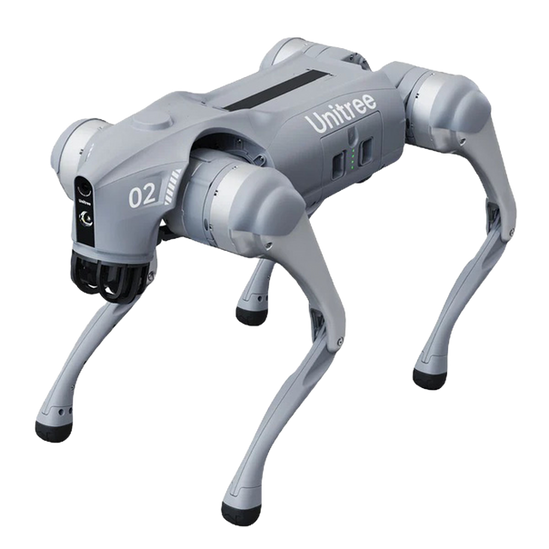Methane Detection
The use of specialized sensors, often mounted on drones, to detect methane leaks in industries like energy and waste management.
Understanding terms like "Methane Detection" not only enhances our knowledge of environmental monitoring but also sheds light on technologies and practices that contribute to sustainable management of resources.
What is Methane Detection?
Methane Detection refers to the use of specialized sensors, often mounted on drones, to detect methane leaks in industries like energy and waste management. By utilizing advanced technologies, these sensors can identify methane concentrations in real-time, allowing for prompt action to mitigate leaks and minimize environmental impact. The detection process is vital for maintaining safety, reducing greenhouse gas emissions, and complying with regulatory standards.
Key Concepts:
Gas Sensors: Devices designed to identify the presence and concentration of methane gas in the environment.
Remote Sensing: The application of drone technology to collect data from a distance, enabling efficient scan of large areas.
Leak Detection and Repair (LDAR): Regulatory standards and practices focused on identifying and repairing leaks in industrial settings to limit emissions.
Applications and Relevance:
Oil and Gas Industry: Methane detection is critical for monitoring emissions during extraction and transportation processes.
Landfill Management: Sensors can detect methane released during waste decomposition, allowing for better management practices and energy recovery.
Agricultural Practices: Monitoring methane from livestock and agricultural operations helps manage emissions and improve sustainability.
Challenges and Considerations:
Sensor Limitations: Variability in sensor sensitivity and calibration can affect detection accuracy.
Data Interpretation: Translating raw sensor data into actionable insights can be complex and requires specialized knowledge.
Regulatory Compliance: Adhering to various local and international regulations can complicate methane detection efforts.
Future Trends and Innovations:
Enhanced Sensor Technology: Ongoing research into more sensitive and durable sensors that can detect lower concentrations of methane.
Integrated Monitoring Systems: Combining methane detection with other environmental monitoring tools for comprehensive assessments.
Artificial Intelligence: Using AI for analyzing collected data to predict leaks and optimize maintenance schedules.
Methane Detection plays a vital role in addressing environmental concerns and improving industrial practices. Its importance extends beyond just leak identification; it is a critical component in the larger effort to mitigate climate change and promote sustainable resource management. As technologies advance and industries place more emphasis on climate responsibility, the efficacy and utility of methane detection are poised to grow, contributing significantly to environmental protection efforts.














